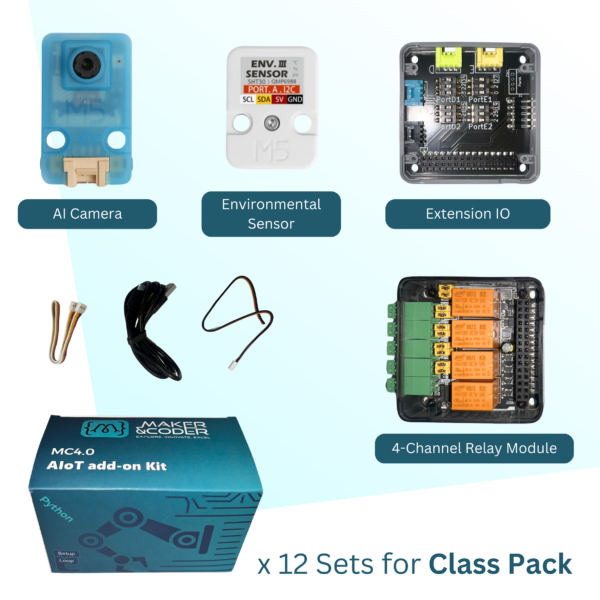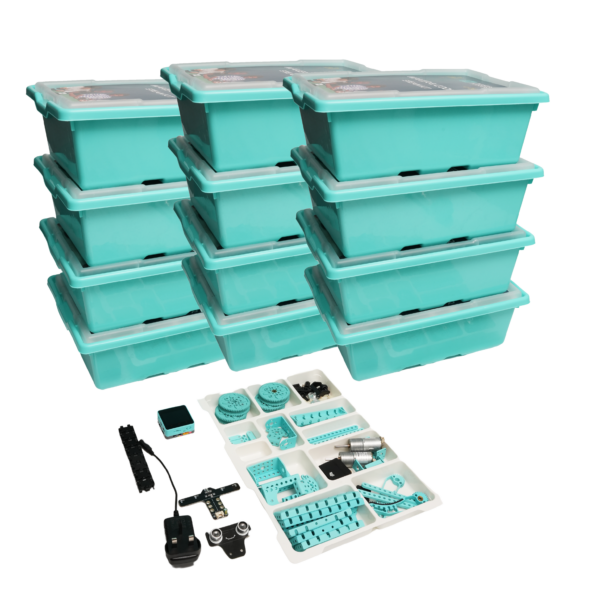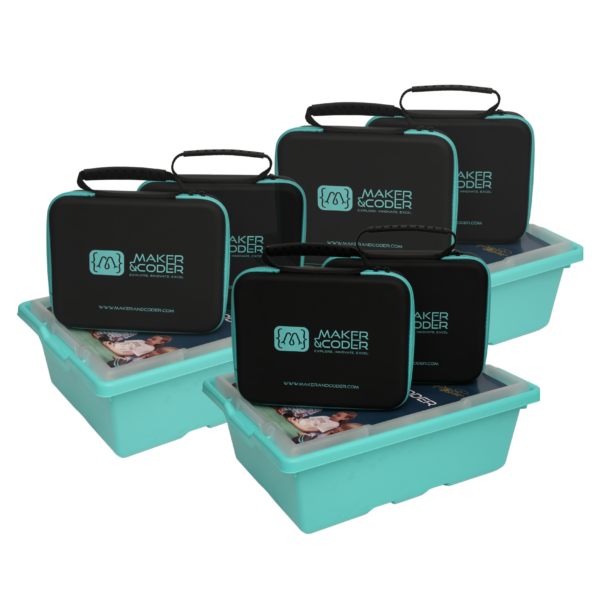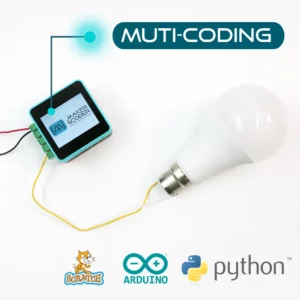Selecting the right STEM kit is crucial for fostering an engaging and effective educational experience. With a plethora of options available, making the right choice can feel overwhelming. This guide will simplify the process by highlighting key strategies to find the best kit for your curriculum needs.
1. Identifying Educational Goals and Objectives
Begin by understanding the specific goals you aim to achieve with your STEAM curriculum. Whether it’s enhancing problem-solving skills or fostering creativity, a clear vision will guide you in selecting a suitable kit. A kit geared towards scientific inquiry will differ greatly from one focused on mathematical skills. It’s crucial to outline what students are expected to gain by the end of their engagement with the kit.
An effective approach is to align the kit with overarching curriculum objectives. You might consider whether the kit encourages by engaging students in real-world applications. This way, students can connect their in-class learning to broader scientific or technological advancements, thereby making the learning process more fulfilling and far-reaching.
2. Evaluating Age Appropriateness
Ensure the kit aligns with the age group and educational level of the students. Kits designed for older students might present challenges too complex for younger ones and vice versa. For example, introducing a robotics kit meant for high school students to an elementary class might result in frustration rather than engagement.
It’s equally important to consider developmental readiness when evaluating STEM kits. According to a study on STEM education, age-appropriate kits can help effectively channel students’ natural curiosity and cognitive abilities. By ensuring age suitability, you support both the emotional and intellectual development of your students while sparking their interest in STEM subjects.
3. Assessing the Quality and Durability
High-quality materials not only endure repeated use but also provide a more engaging experience. Look for kits made from durable materials to ensure long-term usability. Durable kits withstand frequent handling and allow activities to be recreated multiple times, thus enhancing the learning experience. When assessing quality, also consider the educational value of the kit’s components; are they going to provide the depth of learning you are aiming for in your curriculum?
Quality doesn’t merely mean robust build, but also the richness of educational content. A well-crafted kit seamlessly integrates core STEAM concepts with practical exercises, lending itself to adaptive learning styles and repeated educational value across various learning sessions. Therefore, quality should be a comprehensive evaluation parameter, encompassing both the physical and instructional dimensions of the STEAM kit.
4. Incorporating Hands-On Learning
Kits that offer hands-on activities encourage active learning and help students solidify complex concepts in practical ways. Active learning experiences connect students with theoretical knowledge by inviting practical experimentation. This approach not only deepens understanding but also fosters greater enthusiasm for the subject matter.
It’s important to pick kits that are conducive to various types of learning activities—whether it’s through individual discovery or collaborative problem-solving. Hands-on learning has been shown to enhance memory retention and engagement, making it a cornerstone in effective STEAM education. By creating opportunities for students to manipulate materials and analyze results, you are providing a fertile ground for developing critical thinking skills.
5. Ensuring Compatibility with Curriculum Standards
It’s essential that the STEAM kit supports existing curriculum standards to complement the educational framework and enhance lesson plans. This alignment ensures that all activities and projects contribute towards attaining specific educational goals already established within your curriculum framework.
Researching how a potential kit aligns with curriculum standards can involve consulting educational bodies or reviewing the kit’s instructional materials for explicit standards correlation. Compatibility with educational standards guarantees not only relevancy but also academic accountability, which leads to well-rounded student assessments and achievements.
6. Considering Technology Integration
Evaluate how well the kit integrates with technology, as foundational STEM concepts are often closely linked to digital tools and applications. Technology can serve as a bridge between abstract concepts and tangible outcomes, thus helping to demystify the complexities often associated with STEAM subjects.
By choosing kits that incorporate coding and digital experimentation, such as microcontrollers or programming platforms, students gain practical experience in applying technology. This not only prepares students for the technological demands of the modern workforce but also inspires them to innovate and create. As technology evolves, students who learn to tinker and adapt can stay ahead, making technology integration a critical factor in STEAM kit selection.
7. Gathering Feedback and Reviews
Read reviews and seek feedback from other educators who have used the kits you’re considering. Their insights can be invaluable in making a sound decision. Often, reviews will highlight practical aspects such as ease of use, student engagement levels, and the comprehensiveness of instructional materials.
Additionally, asking fellow educators for their experiences can provide you with firsthand knowledge about the kit’s potential benefits and drawbacks. This collaborative approach not only broadens your perspective but also helps you make a more informed choice, ensuring the kit truly meets the diverse needs of your classroom environment.












